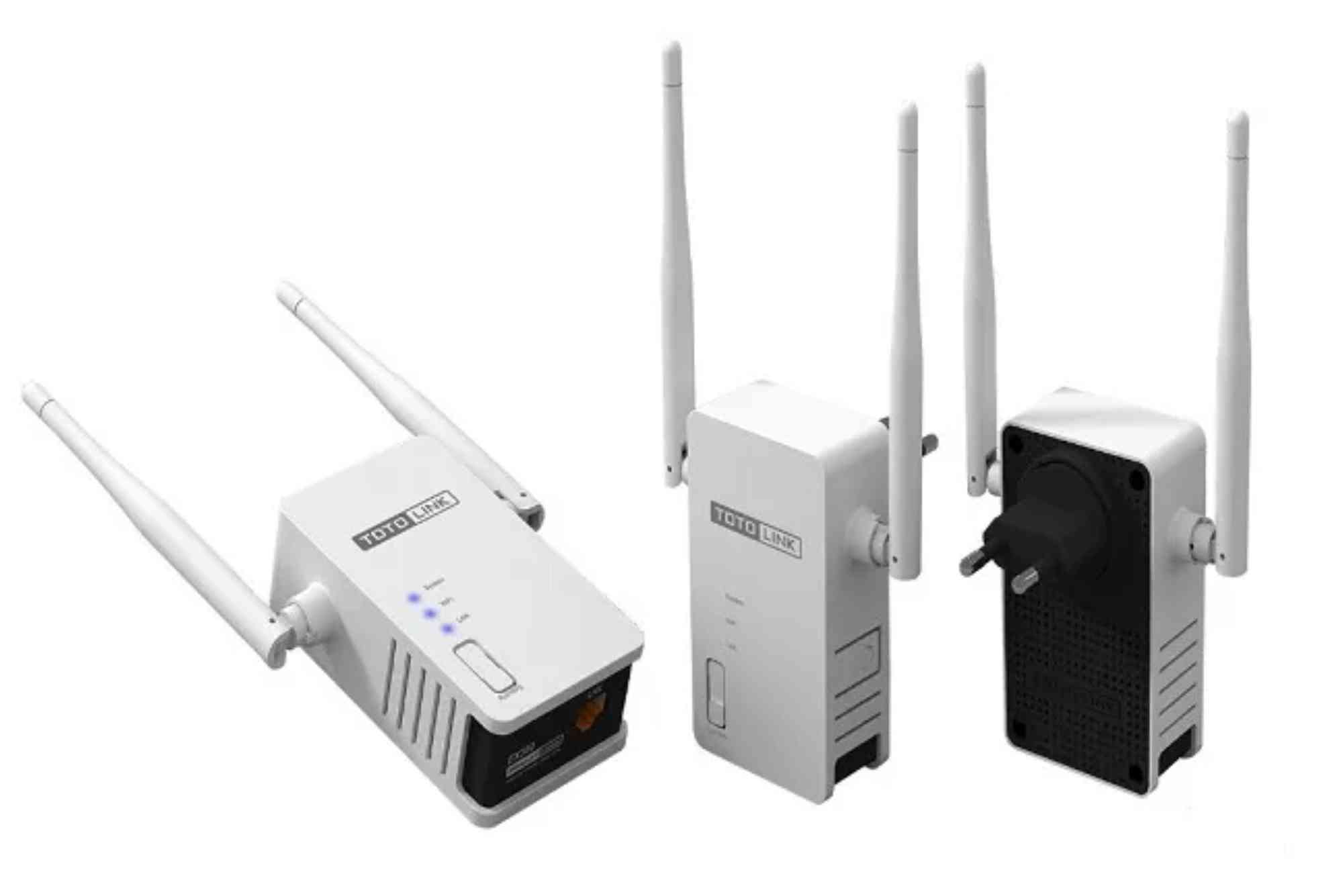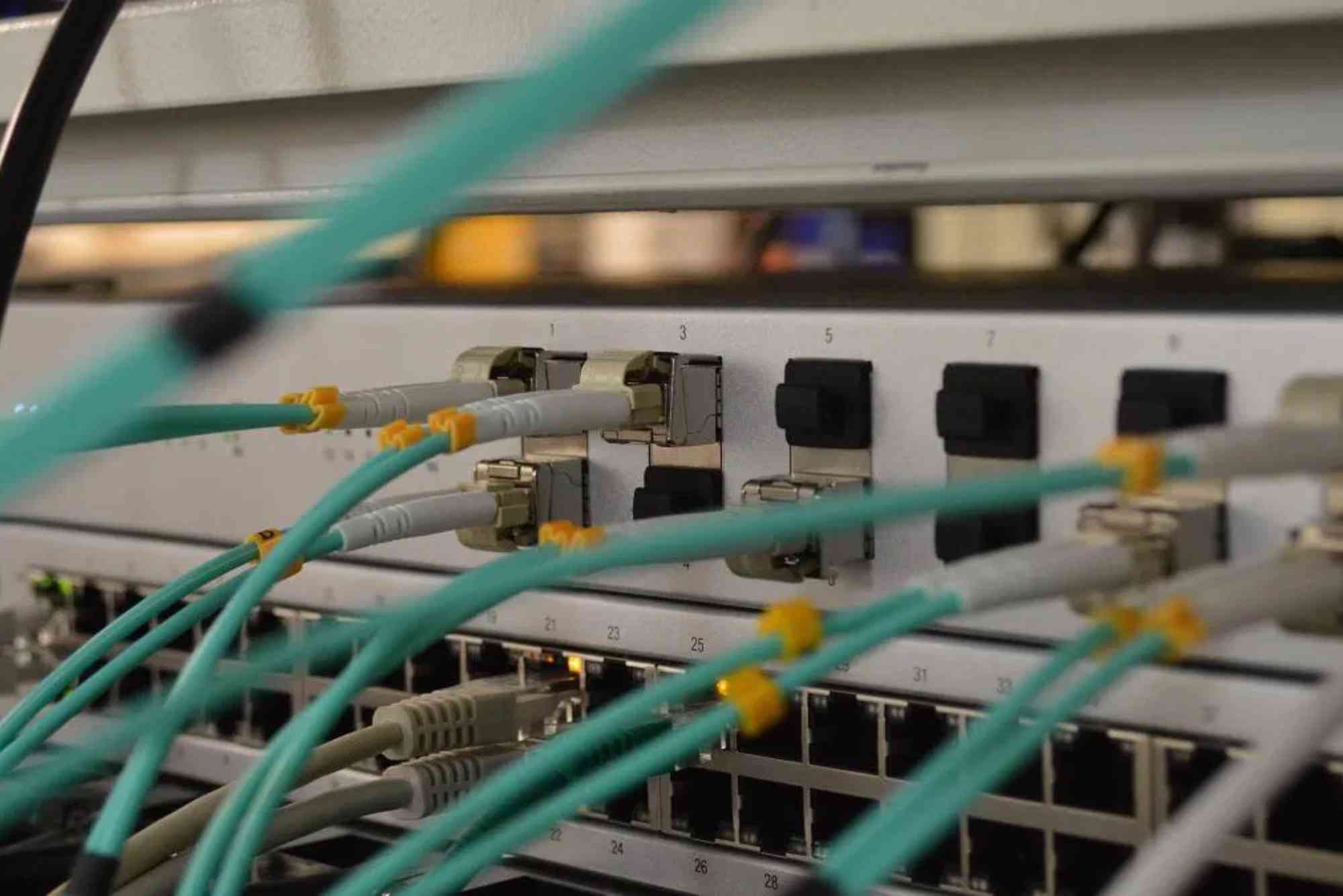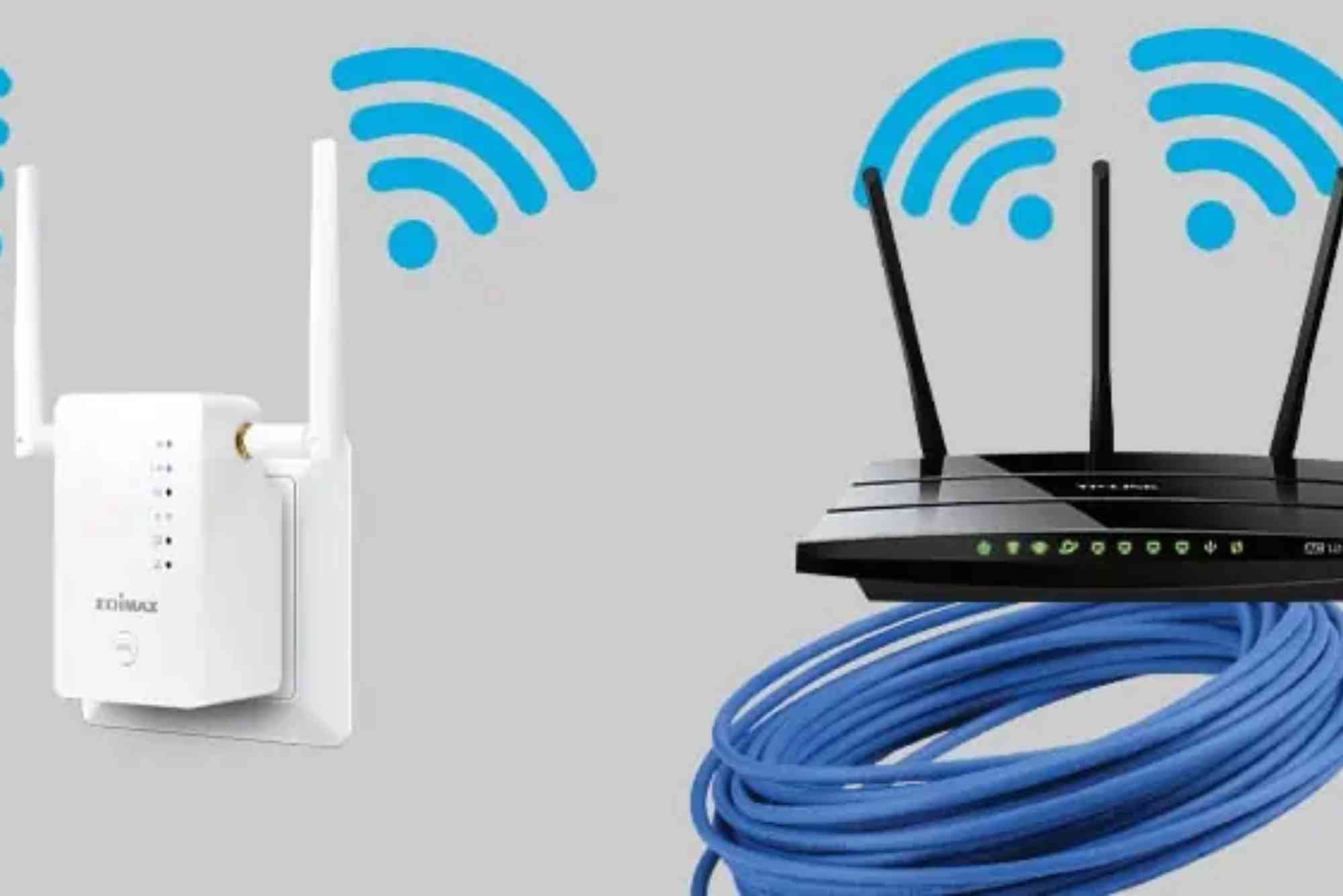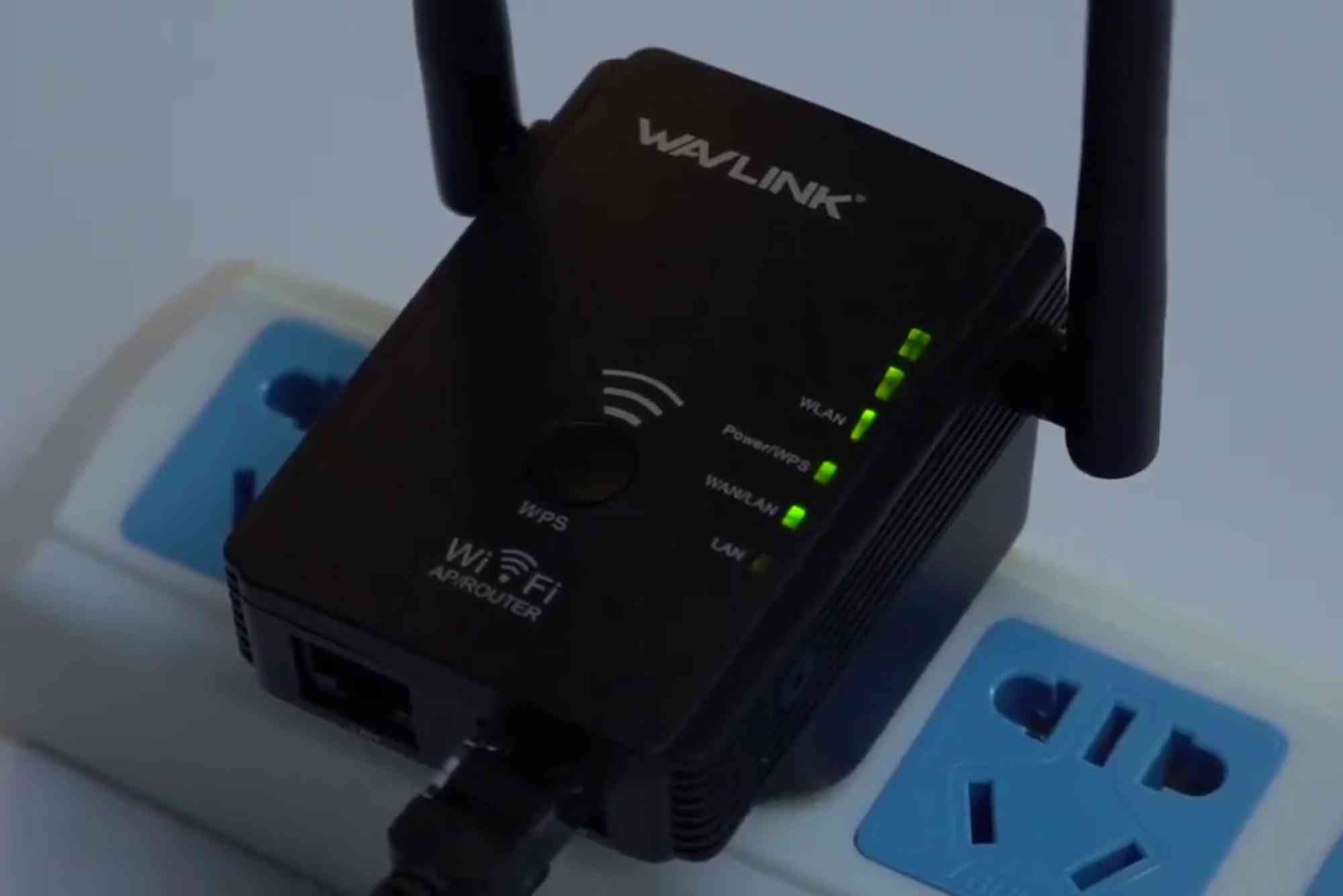ISP Latency Explained: What It Means and How to Improve It
Have you ever noticed your internet taking longer than usual to load a page or game? The culprit might be latency. Understanding ISP latency explained is key to diagnosing slow internet issues and improving your online experience. In this article, we’ll break down what latency is, how it affects your connection, and practical tips to reduce it.
What is ISP Latency?
Latency is the time it takes for data to travel from your device to a server and back. Think of it as a round-trip delay. Lower latency means faster responses, while higher latency causes lag.
How Latency Affects Internet Performance
- Web browsing: High latency can make websites load slower even if your download speed is high.
- Online gaming: Gamers need low latency to avoid lag and missed actions.
- Streaming and video calls: High latency causes buffering and poor video quality.
Measuring Latency
Latency is measured in milliseconds (ms). Tools like ping tests and speed tests help you see your current latency. For most activities:
- 0–50 ms = Excellent
- 50–100 ms = Good
- 100–200 ms = Moderate
- 200+ ms = Poor
Factors That Affect ISP Latency
Understanding what causes latency helps in addressing it effectively.
Distance from Server
The farther your data travels, the higher the latency. Connecting to servers closer to your location reduces delay.
Network Congestion
Too many devices or heavy traffic can slow down your connection, increasing latency.
Quality of ISP Infrastructure
Older cables, poor routing, and shared networks can cause spikes in latency.
Wireless vs. Wired Connections
Wi-Fi networks generally have higher latency than wired connections due to interference and signal loss.
How to Improve ISP Latency
Reducing latency often improves your internet experience significantly. Here are practical steps:
Choose the Right ISP
Some ISPs prioritize low latency connections. Opting for a reliable provider, like Dhanote Internet Services, can improve response times.
Use a Wired Connection
Ethernet cables provide stable connections and lower latency compared to Wi-Fi.
H3: Optimize Your Router
- Place your router centrally.
- Update firmware regularly.
- Limit connected devices during high-demand activities.
Reduce Background Traffic
Applications like cloud backups, streaming services, and downloads can increase latency. Close unnecessary apps when gaming or video conferencing.
Use Local Servers
Connecting to servers geographically close to you can drastically reduce latency, especially for gaming or remote work.
Upgrade Equipment
Modern routers, modems, and network cards can reduce latency. Investing in quality hardware is often worthwhile.
Common Misconceptions About Latency
Many users confuse speed and latency. Here’s what you need to know:
High Speed ≠ Low Latency
Your internet may have high download speeds but still experience lag if latency is high.
Wi-Fi Always Causes Lag
While Wi-Fi can increase latency, a strong and stable signal may offer satisfactory performance for most activities.
ISP Latency Explained Through Real-Life Examples
Imagine you are playing an online game. A click on your mouse should reflect immediately on screen. If latency is high, the game may feel unresponsive.
Similarly, video calls with high latency may result in delayed audio and video, making conversations frustrating.
Tools to Check and Monitor Latency
Monitoring latency helps identify issues early.
Ping Tests
Use command-line tools or websites to ping servers and measure latency.
Speed Test Websites
Websites like Speedtest.net show latency alongside download and upload speeds.
Router Logs
Some modern routers provide latency stats for connected devices.
Understanding ISP latency explained is vital for smooth internet usage. By choosing the right ISP, optimizing your network, and minimizing traffic, you can enjoy faster and more reliable connectivity.
For consistent low-latency internet, consider professional support from Dhanote Internet Services to upgrade and optimize your network today.
FAQs
Q1: What is considered good latency for gaming?
A: Anything below 50 ms is excellent for gaming, providing smooth and responsive gameplay.
Q2: Does internet speed affect latency?
A: Speed and latency are different. High speed doesn’t always mean low latency.
Q3: How can I test my ISP latency?
A: Use ping tests, speed tests, or check your router logs to measure latency in milliseconds.
Q4: Can a Wi-Fi connection increase latency?
A: Yes, Wi-Fi is more prone to interference, which can slightly increase latency.
Q5: How do I reduce latency on my home network?
A: Use wired connections, limit background traffic, update equipment, and choose local servers.








